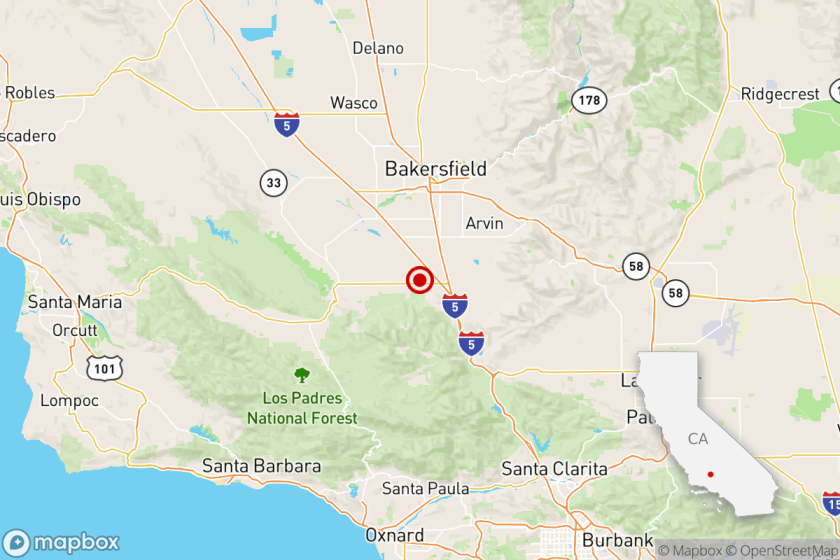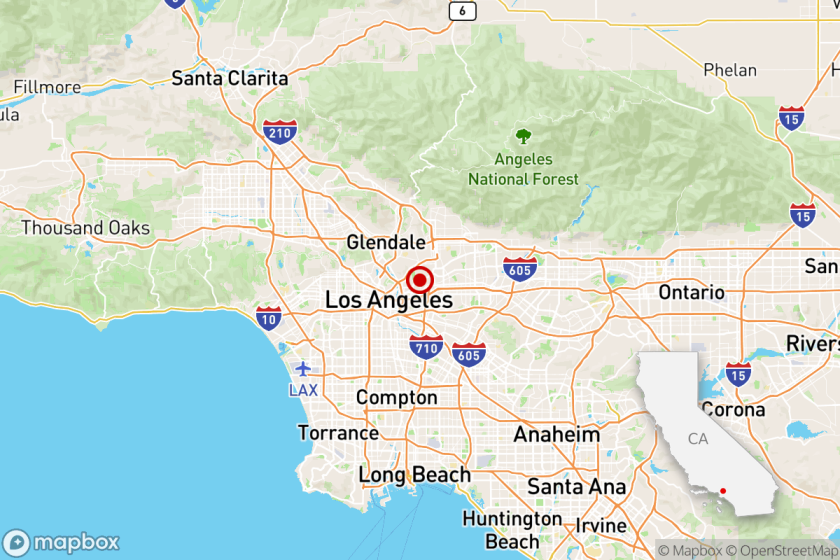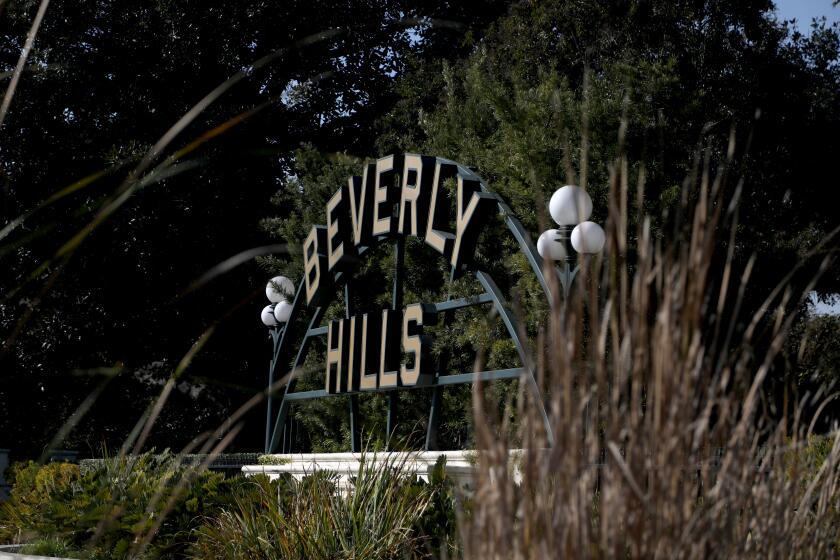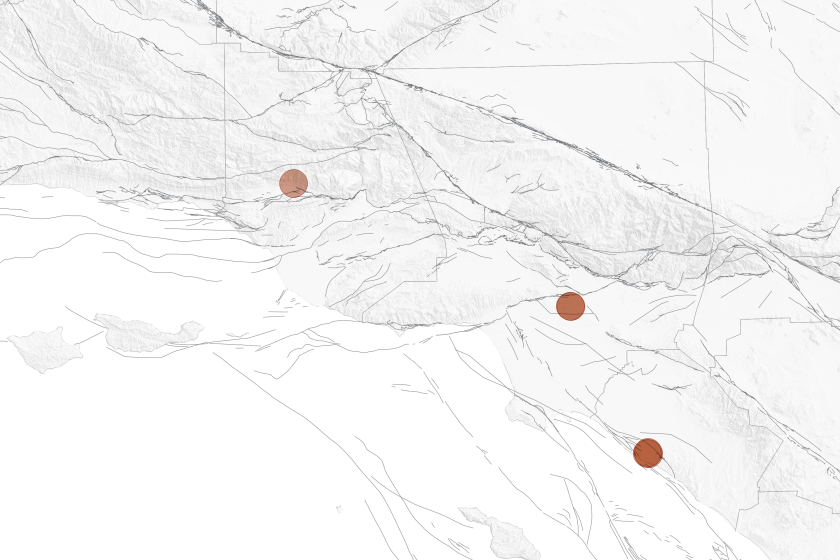Building Damage Affects Low-Income Renters Most
While officials struggle to help find temporary housing for victims of last week’s earthquake, there is a growing concern that the city of Los Angeles faces a shortage of long-term housing for the inner-city poor who have been displaced.
“The impact of this earthquake is being felt disproportionately by low-income people because they live in the housing stock that is unsafe,” Deborah Dentler, an attorney for the Legal Aid Foundation, said Wednesday. “This earthquake exacerbates the depletion of low-income housing stock.”
“It was tight to begin with and it’s even tighter now,” Red Cross spokesman Ralph Wright said. “There was not a lot of low-cost housing available before the quake, and now a lot of the buildings are being closed. There aren’t many alternatives for these families.”
Legal Aid attorneys and other tenant representatives said they are being deluged with calls from low-income renters who don’t know where to go.
And in addition to relocation problems stemming from legitimate orders to vacate from the city’s Department of Building and Safety, tenant activists also charge that some landlords are taking advantage of the situation and are evicting tenants--without city approval or even relocation assistance.
In response, city officials said Wednesday that a letter was being prepared for Mayor Tom Bradley to send to inner-city landlords, warning them to obey city laws.
“This is a tough hit for low-income housing,” Barbara Zeidman, director of the city’s Rent Stabilization Division said of the quake’s effect on such housing. A sizable chunk of the city’s low-income housing, as many as 34,000 units, is in unreinforced masonry buildings, she said.
Checking the Damage
City officials are still assessing structural damage caused by the quake and say they have not determined how many of these apartment buildings have been declared unsafe for habitation.
But according to Zeidman, an early assessment of one area just west of downtown showed that 12 buildings, with 200 units, have been ordered vacated by the city.
The tenants will have problems relocating, she predicted. “We are already dealing with a vacancy rate of 1% to 2% for those neighborhoods.” Rents currently protected by rent control will climb when they move, she added, from $300 and under to about $450.
Categories of Renters
Tenant activist Dino Hirsch, whose group, Inquilinos Unidos (United Tenants), helps Spanish-speaking tenants, said worried renters who have called him fall into three categories: “People who by order of the Building and Safety Department have been put out of their apartments and have no place to go, tenants who are scared to death to go back to their apartments, or the landlord is telling them to get out.”
“We’re seeing more and more private landlords acting on their own without any engineering evidence,” Legal Aid’s Dentler said, “forcing them out. . . . We’ve heard reports of landlords putting up crowd-control yellow tape to keep them out and make them think officials had condemned the building.”
Hirsch and Dentler charge that the city is not moving quickly enough to take action against abusive landlords. But Zeidman said the city is about to take steps against “landlords who are telling people to leave when they don’t have orders to vacate.”
Spelling It Out
The Bradley letter, she said, would “educate” landlords about legal grounds for eviction. “And if they intend to demolish, they will incur an obligation to pay relocation assistance,” she said.
She said the letter will also appeal to landlords to be understanding of tenants who are “simply afraid” to go back to their buildings and have not yet paid their October rents. “There’s a level of hysteria we’re dealing with.”
Tenants in one old brick building on South Wilton Place were confused Wednesday.
Raoul Hernandez was sure that an attorney for the landlords had come by and said they had to leave, even though inspectors for the Los Angeles Building and Safety Department hadn’t inspected it yet or declared it unsafe. But Aurelia Hurtado thought the man had said they could live there.
Neither tenant spoke English, and a representative of the owner could not be reached. Many of the walls in the four-story building in the Pico Boulevard-Union Avenue area west of downtown had been cracked by last week’s earthquake, and most tenants, out of fear, had been sleeping on the small strip of lawn outside ever since.
Either way, both tenants wanted to leave but were worried about where they would go. “It’s going to be difficult finding something else for the same money,” said Hurtado, who pays $277 for a two-room apartment, shared with four children.
More to Read
Sign up for Essential California
The most important California stories and recommendations in your inbox every morning.
You may occasionally receive promotional content from the Los Angeles Times.






